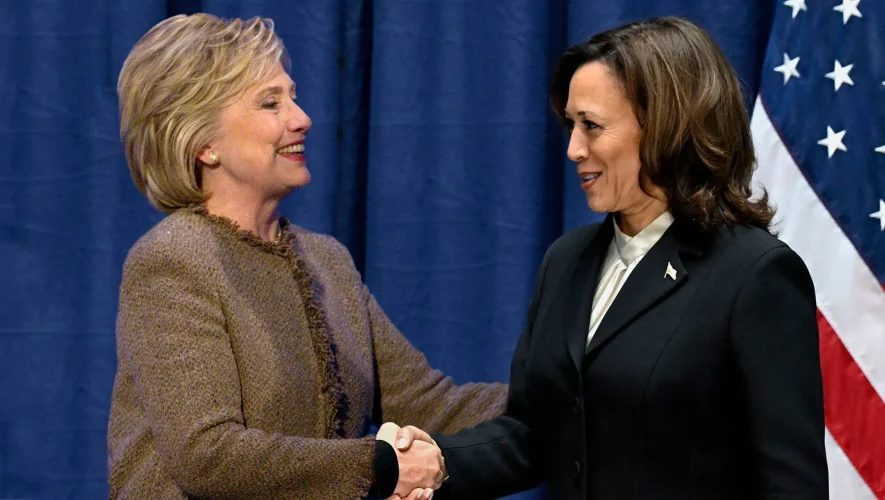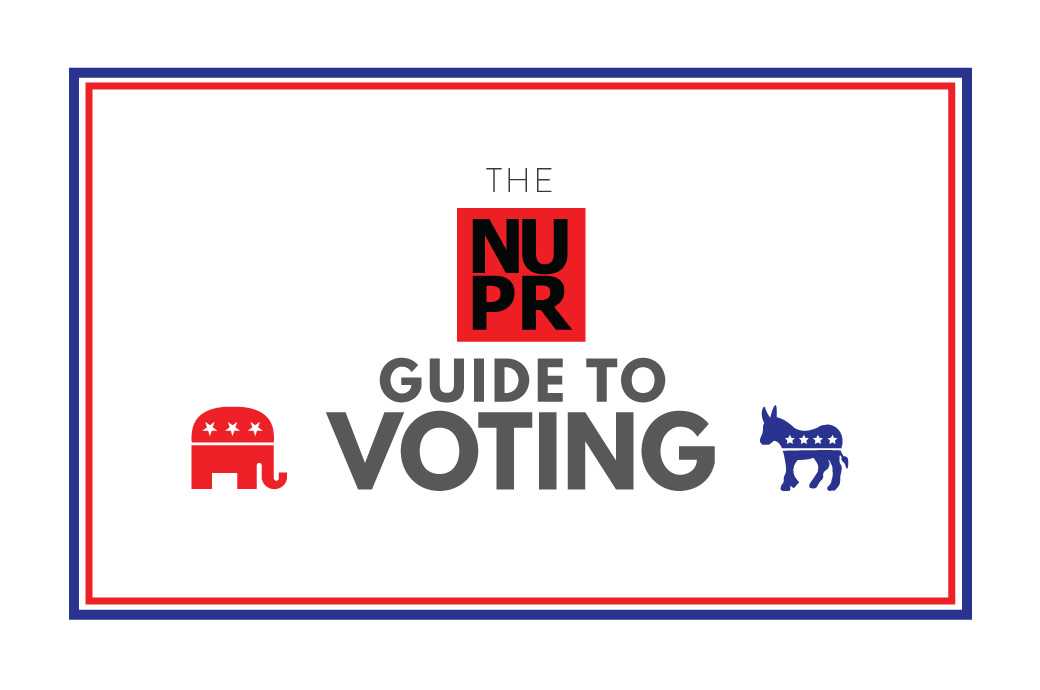Shortly after the results of the 2016 election were finalized, Saturday Night Live (SNL) parodied the typical election watch-party. The skit depicts White, liberal voters gathered together, confident in the election of Democratic candidate Hillary Clinton as the United States’ first female president. Their optimism parallelled the skepticism of comedian guests Dave Chapelle and Chris Rock, who portrayed two Black voters that did not share their faith in America’s ability to elect a woman over the highly problematic GOP candidate, Donald Trump. As each hour passed, more swing states were called red, and viewers saw the partygoers progress through all five stages of grief.
America failed to anticipate Trump’s 2016 victory. The shock that followed characterized Trump’s presidency as an unlikely fluke. He lost the popular vote. America failed to anticipate Trump’s 2016 victory. The shock that followed characterized Trump’s presidency as an unlikely fluke. He lost the popular vote. Election polling was incorrect because the majority that preferred Clinton still weren’t enthusiastic enough about her character to show up at the polls. Green Party candidate Jill Stein attracted enough voters on the left to skew Clinton’s chances. Most importantly, America wasn’t ready for its first female president. These assumptions led to a precarious post-2016 narrative, one that crowded out critical thinking and prevented the Democratic Party from addressing major issues.
Four years, two impeachments, and one insurrection later, the country saw underdog Joe Biden stall a second Trump term. The GOP was divided, COVID-19 was rampant, and the public decidedly had enough with the Make America Great Again (MAGA) movement. With the highest voter turnout in the twenty-first century, voters were driven to the polls by a hatred of Trump and a fear of repeating the momentous twist of fate that was the 2016 election.
Vice President Kamala Harris’s 2024 campaign aimed to adopt the best of Clinton and Biden. With a focus on reaching moderate voters and the middle class, she received some of the largest donations in history, breaking records with $200 million raised in the first week of her campaign. The Democratic Party felt revitalized, with a wildly successful Democratic National Convention in Chicago and Harris’s revolutionary social media presence. The Harris campaign capitalized on what worked digitally during COVID-19, while simultaneously catering to the in-person community that voters had been craving. They ditched Clinton’s focus on identity politics, excluding Harris’s status as the potential first woman and first woman of color to be president from central campaign messaging.
On November 5th, 2024, Democratic voters gathered their friends, powered on their TVs, and once again optimistically tracked the results of the election. States like Florida were an expected loss for Harris. Few held out hope after she lost swing states like Georgia and North Carolina, but Pennsylvania was the final nail in the coffin.
For the first time in twenty years, a Republican won the popular vote. Democrats are left to ponder: was Trump’s first victory ever a fluke? As he makes his way back to the oval office a convicted felon, alleged sexual abuser, and rambling 78-year-old man, it is difficult to discern whether America is truly enamored with his candidacy, or if Harris and Clinton were simply less appealing options. The minds of voters are quickly drawn to the common denominator: gender.
The Harris-Walz campaign’s late start in July posed a challenge for the ticket. However, this challenge was matched by a rigorous and methodical campaign strategy, and it is dangerous to reduce the complexities of such a crucial race to gender alone. While Harris was painstakingly close to being the first woman elected president, minimizing her loss to the assumption that America is not ready for a female leader is antithetical to the message her campaign aimed to send.
While the entrenched double standards female politicians face undoubtedly influenced Harris’s 2024 race, it is problematic to frame a female candidate’s loss solely through a gendered lens. Doing so undermines the agency of the candidate and reduces her political identity to one defined by sex rather than ambitions, abilities, or policies. Harris worked tirelessly to prove that her nomination was merited. Her experiences as California’s attorney general, her work on criminal justice reform, and her positions on healthcare, climate change, and economic equality all demonstrate a level of competence and dedication that rival Trump’s qualifications and boisterous, unfounded promises to the country. The primary failure of Harris’s campaign was her struggle to distance herself from Biden.
To chalk Harris’s 2024 defeat up to the fact that America isn’t ready for a female president is to overlook the complexities that defined both the election and the larger political climate. It’s a tempting narrative, one that fits neatly into the framework of historical gender bias, but it ultimately stalls a deeper conversation about why Trump’s appeal has endured and blossomed. Democrats risk avoiding a full reckoning with the conditions that allowed a figure like Trump to remain a central force in American politics. His victory in 2024 was not an anomaly, but rather a reflection of underlying issues like the increasing radicalization of the electorate, the deepening distrust of traditional institutions, and the broader disillusionment with the political establishment.
The Harris campaign made crucial mistakes: many Democratic voters felt alienated by her staunchly moderate positions on issues like fracking and Gaza, most notably costing her the state of Michigan. The Democratic Party missed the mark on what America was looking for—a drastic change from Biden, better communication with non-college-educated voters, and a campaign centered on economic policy—failing to offer the level of transformation demanded by the electorate.
Harris’s loss is one Democrats must examine carefully and critically, else they risk ignoring the deeper systemic problems that have made populism such a potent force in American politics. As the public mistakenly dismissed Trump’s 2016 victory as a catastrophic misstep, treating his 2024 win as a product of gender bias against Harris risks repeating that same oversimplification. The uncomfortable reality is Trump’s political standing strategically targets a larger trend of discontent among voters who feel alienated, unheard, and mistrustful of the political system. His appeal to these sentiments, combined with a fractured political landscape and the rise of digital misinformation, bred the perfect storm for resurgent right-wing populism. Without direct confrontation of this disillusionment, the same cycle of polarization will continue to be perpetuated—a cycle that has led us to a moment where the concept of democracy is in peril.
America is ready for a female president. However, a woman cannot win without an engaged electorate. The same forces that led to Trump’s victories in 2016 and 2024 will continue to prosper unless Democrats understand and address the underlying causes behind a new wave of populism. The Democratic Party must shed its elitist reputation and regain the trust of voters who don’t go to college, while expressing a clear message that is not strategically moderate, but socially and economically innovative.
For the time being, we may all be stuck to our couches, doomed to endure the deceptively optimistic watch-party. Sorry SNL, Pennsylvania falls again.



